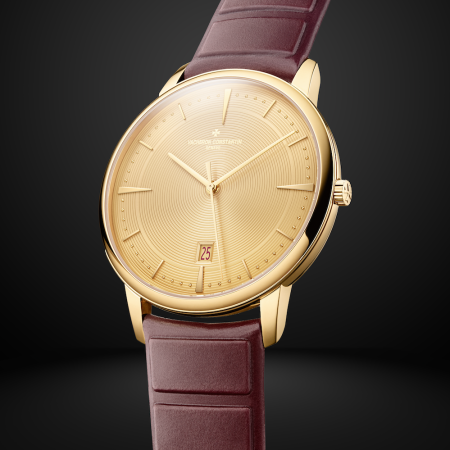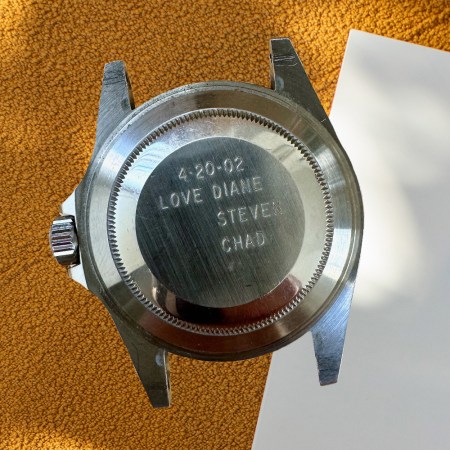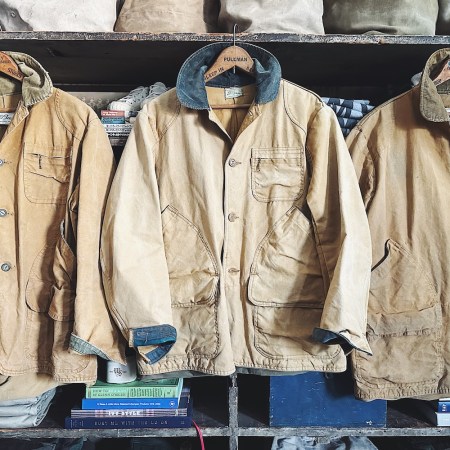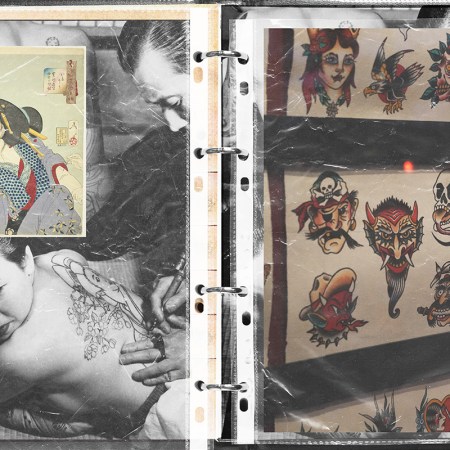“Modern luxury watches, with some exceptions, should not be looked at as an investment,” Cameron Barr told us over coffee recently. “Whereas vintage watches will continue to appreciate in value and hold extended value even in a sluggish market.”
Barr is one of those extremely fortunate people whose hobby became his day job. In his former life as an IT guy, he started collecting vintage Rolexes. That was eight years ago. It eventually became so consuming that he started a business called Craft and Tailored.
Now two years running strong, Craft and Tailored is a fully profitable vintage watch broker. They’ve advised numerous sales, including the recent $17.8M sale of Paul Newman’s Rolex Daytona, and can spot a fake quicker than Sherlock Holmes can crack a case. And he recently discovered a very rare Rolex Daytona — the same sort that was worn by Paul Newman, whose personal edition sold for nearly $18 million last year. Sans the iconic ownership record, this one is estimated at $357,000.
Here’s what’s behind that valuation.
InsideHook: How did you find this watch?
Cameron Barr: The watch was found through another dealer, who sourced it from the original owner’s son some time ago. When the original owner purchased the watch, it was presented to him as a prototype model that had new and improved screw-down and locking pushers. A dial [now] known as the “Paul Newman dial” was offered at the time, but wasn’t sold to him as as something that would turn out to be rare and exclusive. At the time, the going rate for a Rolex Daytona was sub $1,000. As of right now, this watch will bring $350k+, and you can for sure quote me that, in the next 3-5 years, this same example in this same condition will sell for over $1M … if you can find one.
IH: Who owned it? And how important is watch’s ownership history when it comes to value?
CB: This watch has not had many owners. Some watches have traded hands many times, and some watches have a huge history and story that makes them important outside of being rare, or a prototype, or tangibly exclusive. The history of watches relating to ownership can be quite fuzzy at times because vintage and exclusive watches weren’t always exclusive. Even timepieces that were made to be rare were more often not used for their intended purpose of just telling and/or recording the time. Whereas, by today’s standards, time-telling is unimportant: you just reach into your pocket and pull out your iPhone and look at the time displayed on the screen … Look at the story behind Paul Newman’s Rolex 6239. Paul Newman gave James Cox his old wristwatch because James Cox stated he didn’t wear one. That watch just sold for $17.25M, making it the most expensive Rolex ever sold to date. But to Paul, his watch was something that just used to tell the time.
IH: What’s significant about this watch and its history? And What’s driving the value of this watch?
CB: The obvious answer is that it’s a “Paul Newman,” meaning that this specific example is rare and highly sought after among watch collectors and investors. The dial is named after the Actor Paul Newman because, as mentioned above, Paul Newman owned a Rolex Daytona Ref 6239 with what is called an Exotic Dial. What makes this watch extremely rare and extremely special is the combination of the rare dial and the Rolex Daytona Ref. 6240 status. The Ref. 6240 is technically a “recognized prototype waterproof Daytona.” The first marketed waterproof Daytona was released commercially in 1970 as the Rolex Ref 6263/6265. It’s estimated that the vintage Rolex ref. 6240 was produced from 1965 until 1969, and in very limited quantities at that. It was the first Rolex Cosmograph to include the screw-down pushers, and thus the first true waterproof “Oyster” Cosmograph. Not only is this particular Rolex Daytona 6240 rare as a standalone reference, but it also dons the Paul Newman dial that does not bear the words “Oyster,” which is the Rolex designation for a waterproof wristwatch. This watch is essentially before its time — a prototype. That combination makes this watch a very rare occurrence, and thus, highly coveted. Furthermore, this Paul Newman dial is the tri-color black, white and red variety, which most Rolex collectors agree is the correct one for this reference. Additionally, the red “DAYTONA” label is clearly seen above the sub-dial at 6 o’clock.
IH: Who will buy this watch?
CB: This watch defines exclusivity within an already finite and defined set of perameters of exclusivity to begin with. Owning a Paul Newman is exclusive. But owning a 6240 Paul Newman is just straight up rare. What’s even cooler about this? Not many people would know what it is, or even pay attention to the small details that make this watch so cool in the first place. That is what I like about vintage watches and what really started my obsession. Yes, it’s expensive. Yes it’s rare. Yes, it can be arrogant or snobbish among watch savants who actually know about the little details. But it’s not gold, it’s not paved with diamonds, and you can’t walk into a boutique to buy it. You are always going to be the guy in the room who has the rarest and most exclusive watch on his wrist, and it doesn’t scream douchebag or “Hey, look at me.” It’s snobbery that flies completely under the radar, the kind of badassery that you and maybe a hand full of gents out there actually realize and know about. It’s not for everyone, and I like that.
IH: Have there been major changes in the watch-collecting aftermarket in recent years that have caused values to spike?
CB: Last year you could get a Rolex 6240 Paul Newman Daytona for about $125k, and I’m talking a cream-of-the-crop kind of piece: investment-grade in terms of condition. Today you are going to pay $245k for that same watch. Now, not all watches are appreciating that fast and at that percentage, but the cool thing about vintage Rolex — and vintage timepieces in general — is they are appreciating at a steady 10-15% per quarter, with some outlining exceptions. And it’s not slowing down. Obviously vintage references and examples are not being produced anymore. And there is an increasing awareness around vintage watches with a diminishing supply, and collectors are holding onto watches, decreasing the supply further. Simple economics here: increasing awareness and desirability meeting decreasing supply and low production numbers equals increasing prices and exclusivity.
This article was featured in the InsideHook LA newsletter. Sign up now for more from the Southland.























